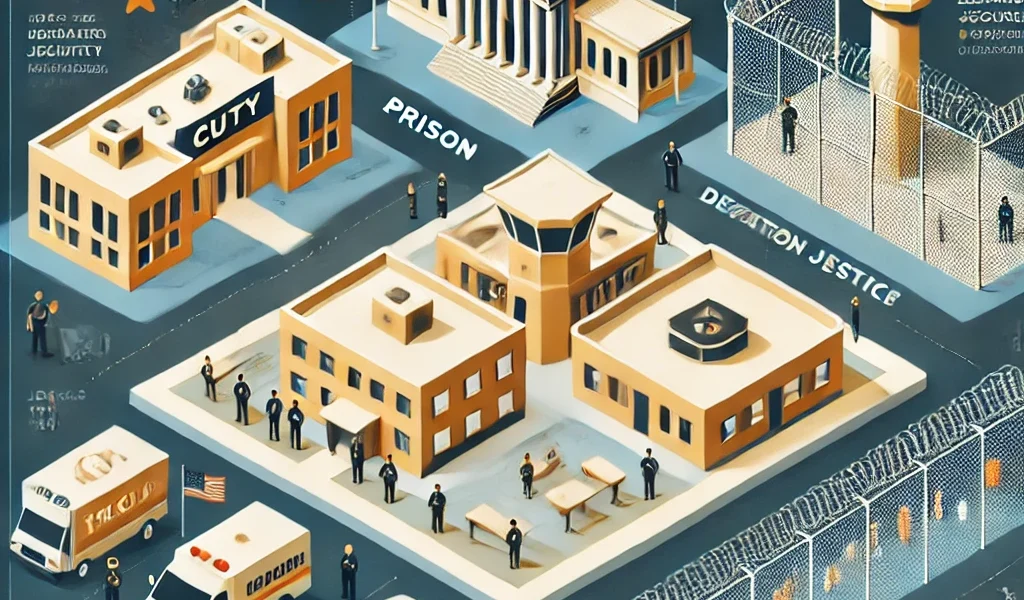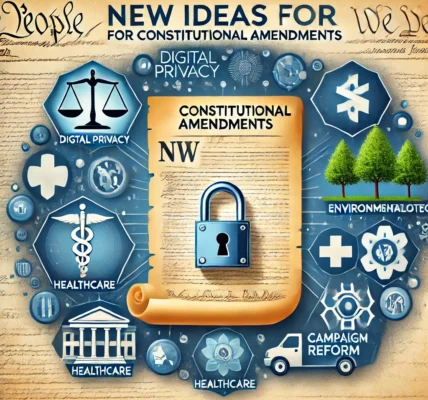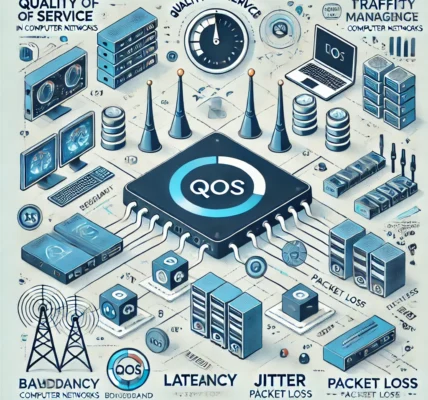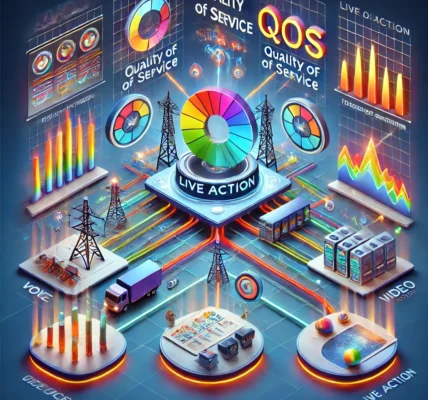Jail vs. Prison vs. Detention Center: Understanding the Differences
Jail vs. Prison vs. Detention Center: Understanding the Differences
When it comes to the criminal justice system, terms like “jail,” “prison,” and “detention center” are often used interchangeably, but they have distinct meanings and functions. Whether you’re studying criminal justice or simply trying to understand the system better, it’s important to know the differences between these three types of correctional facilities. Each plays a unique role within the justice system and serves a specific purpose for individuals awaiting trial, those convicted of crimes, and others who may not even be formally charged.
In this article, we’ll explore the key differences between jails, prisons, and detention centers in terms of their purpose, management, and the types of individuals housed in each facility. We’ll also highlight how these institutions fit into the broader criminal justice system.
What Is Jail?
Jails are short-term facilities typically operated by local governments, such as city or county authorities. They primarily hold individuals who are:
- Awaiting trial or sentencing: People in jail may not yet be convicted of a crime and are awaiting court dates. These individuals are often detained because they cannot afford bail or are considered a flight risk or danger to the community.
- Serving short sentences: Jails also house individuals who have been convicted of misdemeanors or lesser offenses. These sentences are typically one year or less.
Because of the transient population in jails, the environment is often dynamic, with individuals being booked, released, or transferred frequently. Jails are designed for temporary stays and usually offer fewer services and programs than prisons, such as rehabilitation or vocational training.
Key Characteristics of Jail:
- Operated by local governments: Managed by city or county authorities, such as a sheriff’s department.
- Short-term stays: For individuals awaiting trial or serving brief sentences, typically under one year.
- Less structured programs: Few rehabilitation or educational programs compared to prisons.
What Is Prison?
Prisons, on the other hand, are long-term correctional facilities operated by state or federal governments. They are designed to house individuals who have been convicted of serious crimes, usually felonies, and are serving sentences longer than one year.
Prisons are divided into different security levels based on the nature of the crimes committed and the perceived risk posed by the inmates. These levels include:
- Minimum security prisons: For non-violent offenders or individuals nearing the end of their sentence. These facilities typically offer more freedom, with dormitory-style housing and access to work-release programs.
- Medium security prisons: These prisons have stricter rules and security features, but still provide some access to educational and vocational programs.
- Maximum security prisons: Designed for individuals convicted of serious or violent crimes. These facilities are highly controlled, with limited movement and interaction between inmates.
- Supermax prisons: These are the most restrictive prisons, housing the most dangerous criminals. Inmates are often in solitary confinement and have very limited access to the outside world.
Prisons are more structured environments compared to jails, with an emphasis on long-term incarceration and rehabilitation. They offer more comprehensive programs, such as educational courses, vocational training, drug treatment programs, and therapy, aimed at reducing recidivism and preparing inmates for reintegration into society.
Key Characteristics of Prison:
- Operated by state or federal governments: Managed by larger governmental bodies, such as state departments of corrections or the Federal Bureau of Prisons.
- Long-term stays: Typically for individuals convicted of felonies and serving sentences longer than one year.
- Rehabilitation programs: Focus on long-term rehabilitation, including educational, vocational, and therapy programs.
What Is a Detention Center?
Detention centers are facilities that primarily house individuals awaiting their immigration hearings, juvenile offenders, or individuals in federal custody. The term “detention center” can refer to different types of facilities depending on the context.
- Immigration Detention Centers: These are facilities used to hold individuals who are detained by immigration authorities, such as U.S. Immigration and Customs Enforcement (ICE). Immigration detention centers house people who are waiting for their immigration cases to be resolved, which can include deportation proceedings or asylum hearings. These individuals are often held in detention centers if they are considered a flight risk or pose a security threat while their cases are pending.
- Juvenile Detention Centers: These facilities are designed to house minors who are either awaiting trial in juvenile court or serving short-term sentences. Juvenile detention centers focus more on rehabilitation and education, recognizing that juveniles need different forms of correction and care compared to adults. These centers often offer schooling, therapy, and vocational training aimed at guiding young offenders toward a better future.
- Federal Detention Centers: Operated by the Federal Bureau of Prisons, these facilities hold individuals in federal custody who are awaiting trial or sentencing. They may also hold individuals who are facing federal charges and are deemed a flight risk or danger to the public.
Key Characteristics of Detention Centers:
- Short- or long-term stays: Depending on the individual’s situation (awaiting trial, immigration hearing, or serving a sentence).
- Various populations: Can house juveniles, immigrants, or individuals in federal custody.
- Rehabilitation and care: Juvenile detention centers, in particular, focus on rehabilitation and education, while immigration detention centers may focus on case processing.
Jail vs. Prison vs. Detention Center: Key Differences
| Feature | Jail | Prison | Detention Center |
|---|---|---|---|
| Operated by | Local governments (city/county) | State or federal governments | Federal agencies or immigration authorities |
| Population | Individuals awaiting trial, or those serving short sentences for misdemeanors | Individuals convicted of felonies, serving long sentences | Immigrants awaiting hearings, juveniles, or federal detainees |
| Stay duration | Short-term, usually less than a year | Long-term, typically over a year | Varies (short-term for hearings, long-term for juveniles) |
| Security levels | Minimal security, basic holding | Minimum to maximum security | Varies based on the population served |
| Rehabilitation programs | Limited offerings | Extensive educational, vocational, and therapy programs | Emphasis on rehabilitation for juveniles, care for immigrants |
| Conditions | Basic facilities, high turnover | Structured, with more comprehensive care | Focuses on care and legal processing |
The Role of Each Facility in the Justice System
- Jails are critical in the pre-trial phase, housing individuals who are presumed innocent until proven guilty or those convicted of minor offenses. They serve as holding facilities for individuals who will either go to trial, pay bail, or serve short sentences.
- Prisons are designed for long-term incarceration and rehabilitation. The focus is on the long-term punishment of serious offenders, with the goal of rehabilitating individuals to reduce the chances of reoffending.
- Detention centers serve a specialized role in the system. Whether they are holding juveniles, immigrants, or individuals in federal custody, their purpose is generally to detain individuals awaiting a legal process rather than serving out a criminal sentence.
Conclusion
Understanding the differences between jails, prisons, and detention centers is key to grasping how the criminal justice system functions. Each facility serves a distinct purpose, from temporarily holding individuals awaiting trial in jail to long-term incarceration in prisons and the unique needs of immigrants and juveniles in detention centers.
Whether you’re pursuing a career in criminal justice or simply want to better understand these institutions, it’s clear that they each play a crucial role in maintaining order and administering justice in society.




